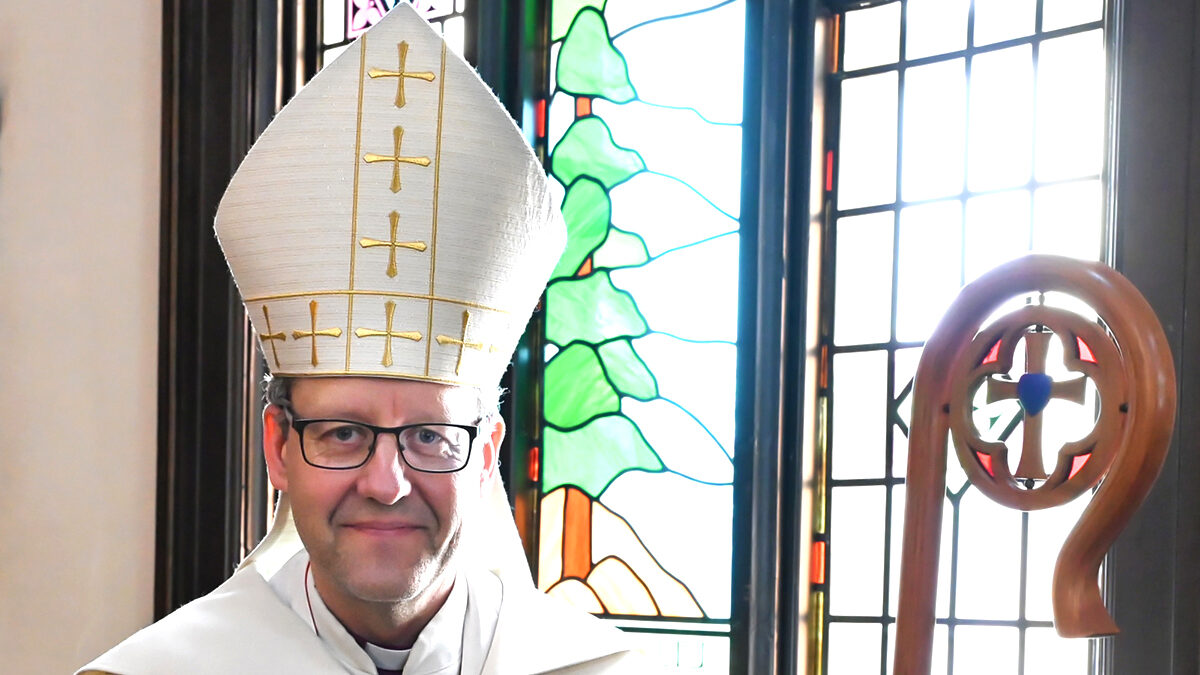Estonian is the native tongue for some 922,000 speakers in Estonia. Add to this about 160,000 abroad. Another 168,000 are able to speak Estonian.
The UNESCO Red Book on Endangered Languages states: Europe has placed Estonia in the non-endangered category with languages such as English, Dutch, French, etc. UNESCO considers potentially endangered to be languages such as Corsican, Galician, Byelorussian, etc. Experts have indicated that Byelorussian, a historic, vital language of a distinct nationality suffered from the deliberate Soviet policy of Russification.
UNESCO distinguishes four levels of endangerment in languages: vulnerable – most children speak the language in limited settings like home; definitely endangered – children no longer learn the language as the mother tongue; severely endangered – language is spoken only by grandparents, with parents understanding it but not speaking it in the family; critically endangered – the youngest speakers are grandparents or older, speaking the language infrequently and partially. (These criteria are familiar to the “Estonian-speaking community” abroad.)
It's estimated that of the current 6000-7000 languages spoken worldwide, 50-90% will be extinct by the year 2100. The top 20 languages are spoken by 50% of the global population. Some languages deemed not to survive have less than 10,000 speakers. Of the Uralic group of languages to which Estonia belongs, 300 speak Ingrian, 30,000 Lude, 400 Inari Saami, 13,000 Khanty, 100,000 Permian Komi, etc.
Internationally acknowledged linguist Frederick Newmeyer said four years ago that the Estonian language has a high probability of survival. The language's predicted longevity is due to several factors: the location of its base of speakers geographically; its history and traditions. Estonians have had cultural and linguistic staying power, withstanding many incursions – linguistically, politically, militarily, culturally.
Newmeyer adds that Estonian being acknowledged as a survivor language, is also due to its status as an internationally recognized state language, of which there are currently some 200. Their ever day use, their presence on the internet, the publication of both official (i.e. state published education texts) and non-official, general interests books, gives these languages a certain assurance of longevity.
Prof. D.M. Helmeste has outlined the global factors that affect the Estonian language's decline or survival. Global awareness of the language affects its status, since it contributes to the number of people willing to learn Estonian. But its universal awareness is low. Language durability is affected by the amount of books translated into a dominant language. But non-Estonian publishers, mindful of the high cost of translations publish books that are already best sellers in the original language. Accessibility of literary work only in the original non-dominant language diminishes the probability of survival. It seems logical that publishing Estonian books (on history for example) in a foreign language would diminsh the language's usage. But long-term, it results in wider global awareness, increased interest in Estonian literature and thus the prolongation of Estonian usage and writing.
Helmeste points out the effect of Estonia's military alliances. NATO's official languages are English and French, with English the language generally used. Going into battle with allies one was not sure of understanding increased the risks. For Estonians, who have joined numerous international missions, English language competency is clearly compulsory.
Similarly the language of science is English, since the most important journals are published in English. For the researcher rapid communication is crucial. Translations are costly and cause delay. This emphasizes the importance of English language skills namely, the usage of a language of communication with the highest utility. This of course applies to many fields of endeavour, including higher education and post-graduate work. Tartu University has over ten masters programs delivered in English. In this context, the Estonian language has the distinct disadvantage of not being the exclusive language of use in important sectors even within its own borders.
Finally the question that's politically charged – would dual Estonian-Russian official language status aid Estonian's longevity? It would split the country along linguistic lines. Also, official bilingualism of any sort is unlikely to aid survival of Estonian, because more individuals would opt for non-Estonian language use. Academics state that whenever two languages compete for speakers one will suffer. In Estonia Russian will flourish because of the huge population of Russian speakers as neighbours. Official bilingualism would serve to hasten the demise of Estonian.
Supporters of Estonian language durability have much to contend with. Global influences present grave challenges. But the agendas of people like Yana Toom who outwardly purport regret, but in actuality strive for Estonian's rapid demise are disguised and probably nastier to counter.
Laas Leivat
{jcomments off}




